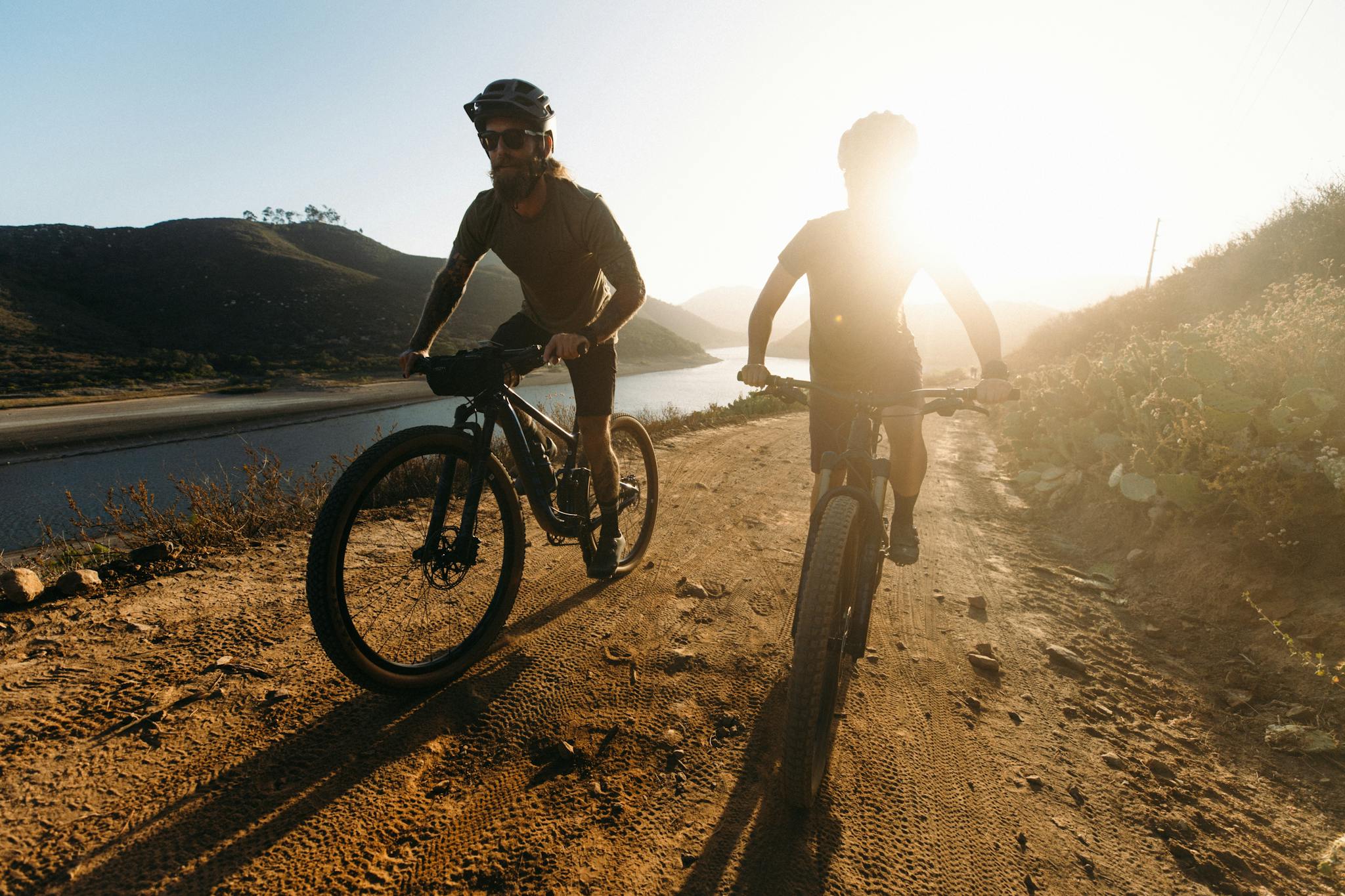
Why We Lose Flexibility As We Age
TJ Ferrara
almost 2 years ago
You serve a tennis ball. You swing at a baseball. You run on a trailhead. You push a cart through the store. What do these things have in common? They require a range of motion - a range made possible due to the body’s flexibility. While it may not come to the forefront of your mind during training, flexibility is a foundational aspect of motion.
Why is Flexibility Important?
Flexibility is the key to a full range of motion. Any activity which requires motion, from daily tasks to athletic pursuits, requires some form of flexibility as well. When thinking of the importance of flexibility, there are three factors to consider:
•
Balance: Balance is a key aspect of flexibility. Stretching and strengthening muscles can aid in overall balance, contributing to stability during workouts.
•
Back Pain: Back pain affects approximately 65 million Americans. Back pain is also a source of chronic pain that can hinder daily activities. Flexibility improves joint movement and releases undue stress you tend to carry in the lower back. Flexibility promotes back health while preventing a chronic condition that can impact daily life.
•
Injuries: In general, flexibility lengthens and stretches muscles, which allows them to handle more physical stress. This also means getting rid of muscle imbalance which leads to higher injury rate. This is how flexibility keeps you in the game longer and grants you more protection for all the adventures to come.
•
Physical Performance: Flexibility provides the range of movement your muscles need to perform at their peak. Flexibility enhances performance and supports the strengthening routine of muscles.
Why Is It Hard To Maintain Flexibility?
Flexibility is a gift when we are young. Adolescents before puberty are the most flexible human beings on earth. Remember being able to do a backbend no problem as a kid? That’s because human bodies are mainly cartilage while they grow, and become firmer as muscles tighten and bones develop around the age of 9. So does that mean flexibility is lost by the time we are a teenager? Of course not. Scientifically speaking, our bodies can maintain peak flexibility through the 20s and most of the 30s. This is because human bodies maintain enough water to keep muscles in correct health. This naturally prevents chances of injury, and aids in the body’s healing process. However, as bodies age, they naturally diminish in flexibility. What once was easy may be harder to maintain due to a decreased range of motion as the body undergoes wear and tear. In a 2013 study on the impact of aging and flexibility, researchers found that between ages 55-86, range of motion decreases in the body. However, this does not mean that flexibility is a lost cause. There are ways to improve flexibility and protect range of motion to keep the body running no matter what age.
How Do I Improve Flexibility?
When trying to improve flexibility, the main thing that it comes down to is consistency. Stretching and strengthening muscles is a guaranteed way to improve flexibility. When looking to implement stretching into your daily routine, think about your daily schedule. Do you have time before bed to do a wind-down yoga routine? How do you integrate stretching into your workout? Incorporating range of motion exercises is critical for ensuring positive joint health. Here are a few more ways to improve flexibility:
•
Warm Up First: If you’re in the habit of doing a quad stretch before you begin your run, you might want to reconsider your routine. Stretching muscles that have not yet warmed up can be hazardous to your muscle health and even enable injury. Before doing any stretches, it is important to warm the body up so the muscles are ready to go when you are.
•
Dynamic Stretch Before Exercise: Before the main event, consider some dynamic stretches. Dynamic stretching is any stretch done in motion - which better prepares you for your workout. Walking lunges, high knees, and even squats are all ways to get the muscles engaged and ready for action. The important thing is to target the muscles you are using and prepare them by stretching before use.
•
Static Stretching After a Workout: Just completed a killer workout? Good for you! You are not done yet. If you are someone who avoids a cool down, this can actually enable injury. When we workout, our muscles undergo stress, and it is important to support the muscle as the foundation of motion by providing a complete wind-down. Static stretching is one of the most effective ways to support this range of motion.
•
Flexible Supplements: It is no doubt our body loses its range of motion as we age. However, keeping up with physical activity can support a regular range of motion no matter what age. Mobility can also be bolstered by help from natural supplements such as collagen. Collagen is a naturally occurring protein found in bones, muscles, and blood, and promotes mobility in the body by maintaining joint health. As we age, our body produces less and less collagen, which can lead to weaker mobility. Supplementing this loss with products such as BUBS Naturals Collagen Protein Powder works with your body to maintain joint health and promote elasticity.
Bottom Line
Aging does not mean losing out on activities we enjoy. Supporting range of motion means incorporating exercises into daily routines that support flexibility. Supplementing loss of protein with collagen can contribute to overall physical well-being even as our bodies age. For naturally sourced, products that can help you in your journey, BUBS Naturals is here to help you find that Fountain of Youth.